pytorch中的torch.nn.Linear
torch.nn.Linear是pytorch中的线性层,应该是最常见的网络层了,官方文档:torch.nn.Linear。
torch.nn.Linear(in_features, out_features, bias=True, device=None, dtype=None)
其中,in_features表示输入的维度;out_features表示输出的维度;bias表示是否包含偏置,默认为True。
nn.linear的作用其实就是对输入进行了一个线性变换,中学时我们学习的线性变换是y=kx+b,但是对于神经网络来说,我们的输入、输出和权重都是一个矩阵,即: o u t p u t = i n p u t ∗ W + b output=input*W+b output=input∗W+b 其中, i n p u t ∈ R n × i input\in R^{n×i} input∈Rn×i, W ∈ R i × o W\in R^{i×o} W∈Ri×o, o u t p u t ∈ R n × o output\in R^{n×o} output∈Rn×o,n为输入向量的行数(通常为batch数),i为输入神经元的个数,o为输出神经元的个数。使用举例:
FC = nn.Linear(20, 40)
input = torch.randn(128, 20) # (128,20)
output = FC(input)
print(output.size()) # (128,40)
官方源码:
import mathimport torch
from torch import Tensor
from torch.nn.parameter import Parameter, UninitializedParameter
from .. import functional as F
from .. import init
from .module import Module
from .lazy import LazyModuleMixinclass Identity(Module):r"""A placeholder identity operator that is argument-insensitive.Args:args: any argument (unused)kwargs: any keyword argument (unused)Shape:- Input: :math:`(*)`, where :math:`*` means any number of dimensions.- Output: :math:`(*)`, same shape as the input.Examples::>>> m = nn.Identity(54, unused_argument1=0.1, unused_argument2=False)>>> input = torch.randn(128, 20)>>> output = m(input)>>> print(output.size())torch.Size([128, 20])"""def __init__(self, *args, **kwargs):super(Identity, self).__init__()def forward(self, input: Tensor) -> Tensor:return inputclass Linear(Module):r"""Applies a linear transformation to the incoming data: :math:`y = xA^T + b`This module supports :ref:`TensorFloat32<tf32_on_ampere>`.Args:in_features: size of each input sampleout_features: size of each output samplebias: If set to ``False``, the layer will not learn an additive bias.Default: ``True``Shape:- Input: :math:`(*, H_{in})` where :math:`*` means any number ofdimensions including none and :math:`H_{in} = \text{in\_features}`.- Output: :math:`(*, H_{out})` where all but the last dimensionare the same shape as the input and :math:`H_{out} = \text{out\_features}`.Attributes:weight: the learnable weights of the module of shape:math:`(\text{out\_features}, \text{in\_features})`. The values areinitialized from :math:`\mathcal{U}(-\sqrt{k}, \sqrt{k})`, where:math:`k = \frac{1}{\text{in\_features}}`bias: the learnable bias of the module of shape :math:`(\text{out\_features})`.If :attr:`bias` is ``True``, the values are initialized from:math:`\mathcal{U}(-\sqrt{k}, \sqrt{k})` where:math:`k = \frac{1}{\text{in\_features}}`Examples::>>> m = nn.Linear(20, 30)>>> input = torch.randn(128, 20)>>> output = m(input)>>> print(output.size())torch.Size([128, 30])"""__constants__ = ['in_features', 'out_features']in_features: intout_features: intweight: Tensordef __init__(self, in_features: int, out_features: int, bias: bool = True,device=None, dtype=None) -> None:factory_kwargs = {'device': device, 'dtype': dtype}super(Linear, self).__init__()self.in_features = in_featuresself.out_features = out_featuresself.weight = Parameter(torch.empty((out_features, in_features), **factory_kwargs))if bias:self.bias = Parameter(torch.empty(out_features, **factory_kwargs))else:self.register_parameter('bias', None)self.reset_parameters()def reset_parameters(self) -> None:# Setting a=sqrt(5) in kaiming_uniform is the same as initializing with# uniform(-1/sqrt(in_features), 1/sqrt(in_features)). For details, see# https://github.com/pytorch/pytorch/issues/57109init.kaiming_uniform_(self.weight, a=math.sqrt(5))if self.bias is not None:fan_in, _ = init._calculate_fan_in_and_fan_out(self.weight)bound = 1 / math.sqrt(fan_in) if fan_in > 0 else 0init.uniform_(self.bias, -bound, bound)def forward(self, input: Tensor) -> Tensor:return F.linear(input, self.weight, self.bias)def extra_repr(self) -> str:return 'in_features={}, out_features={}, bias={}'.format(self.in_features, self.out_features, self.bias is not None)# This class exists solely to avoid triggering an obscure error when scripting
# an improperly quantized attention layer. See this issue for details:
# https://github.com/pytorch/pytorch/issues/58969
# TODO: fail fast on quantization API usage error, then remove this class
# and replace uses of it with plain Linear
class NonDynamicallyQuantizableLinear(Linear):def __init__(self, in_features: int, out_features: int, bias: bool = True,device=None, dtype=None) -> None:super().__init__(in_features, out_features, bias=bias,device=device, dtype=dtype)[docs]class Bilinear(Module):r"""Applies a bilinear transformation to the incoming data::math:`y = x_1^T A x_2 + b`Args:in1_features: size of each first input samplein2_features: size of each second input sampleout_features: size of each output samplebias: If set to False, the layer will not learn an additive bias.Default: ``True``Shape:- Input1: :math:`(*, H_{in1})` where :math:`H_{in1}=\text{in1\_features}` and:math:`*` means any number of additional dimensions including none. All but the last dimensionof the inputs should be the same.- Input2: :math:`(*, H_{in2})` where :math:`H_{in2}=\text{in2\_features}`.- Output: :math:`(*, H_{out})` where :math:`H_{out}=\text{out\_features}`and all but the last dimension are the same shape as the input.Attributes:weight: the learnable weights of the module of shape:math:`(\text{out\_features}, \text{in1\_features}, \text{in2\_features})`.The values are initialized from :math:`\mathcal{U}(-\sqrt{k}, \sqrt{k})`, where:math:`k = \frac{1}{\text{in1\_features}}`bias: the learnable bias of the module of shape :math:`(\text{out\_features})`.If :attr:`bias` is ``True``, the values are initialized from:math:`\mathcal{U}(-\sqrt{k}, \sqrt{k})`, where:math:`k = \frac{1}{\text{in1\_features}}`Examples::>>> m = nn.Bilinear(20, 30, 40)>>> input1 = torch.randn(128, 20)>>> input2 = torch.randn(128, 30)>>> output = m(input1, input2)>>> print(output.size())torch.Size([128, 40])"""__constants__ = ['in1_features', 'in2_features', 'out_features']in1_features: intin2_features: intout_features: intweight: Tensordef __init__(self, in1_features: int, in2_features: int, out_features: int, bias: bool = True,device=None, dtype=None) -> None:factory_kwargs = {'device': device, 'dtype': dtype}super(Bilinear, self).__init__()self.in1_features = in1_featuresself.in2_features = in2_featuresself.out_features = out_featuresself.weight = Parameter(torch.empty((out_features, in1_features, in2_features), **factory_kwargs))if bias:self.bias = Parameter(torch.empty(out_features, **factory_kwargs))else:self.register_parameter('bias', None)self.reset_parameters()def reset_parameters(self) -> None:bound = 1 / math.sqrt(self.weight.size(1))init.uniform_(self.weight, -bound, bound)if self.bias is not None:init.uniform_(self.bias, -bound, bound)def forward(self, input1: Tensor, input2: Tensor) -> Tensor:return F.bilinear(input1, input2, self.weight, self.bias)def extra_repr(self) -> str:return 'in1_features={}, in2_features={}, out_features={}, bias={}'.format(self.in1_features, self.in2_features, self.out_features, self.bias is not None)class LazyLinear(LazyModuleMixin, Linear):r"""A :class:`torch.nn.Linear` module where `in_features` is inferred.In this module, the `weight` and `bias` are of :class:`torch.nn.UninitializedParameter`class. They will be initialized after the first call to ``forward`` is done and themodule will become a regular :class:`torch.nn.Linear` module. The ``in_features`` argumentof the :class:`Linear` is inferred from the ``input.shape[-1]``.Check the :class:`torch.nn.modules.lazy.LazyModuleMixin` for further documentationon lazy modules and their limitations.Args:out_features: size of each output samplebias: If set to ``False``, the layer will not learn an additive bias.Default: ``True``Attributes:weight: the learnable weights of the module of shape:math:`(\text{out\_features}, \text{in\_features})`. The values areinitialized from :math:`\mathcal{U}(-\sqrt{k}, \sqrt{k})`, where:math:`k = \frac{1}{\text{in\_features}}`bias: the learnable bias of the module of shape :math:`(\text{out\_features})`.If :attr:`bias` is ``True``, the values are initialized from:math:`\mathcal{U}(-\sqrt{k}, \sqrt{k})` where:math:`k = \frac{1}{\text{in\_features}}`"""cls_to_become = Linear # type: ignore[assignment]weight: UninitializedParameterbias: UninitializedParameter # type: ignore[assignment]def __init__(self, out_features: int, bias: bool = True,device=None, dtype=None) -> None:factory_kwargs = {'device': device, 'dtype': dtype}# bias is hardcoded to False to avoid creating tensor# that will soon be overwritten.super().__init__(0, 0, False)self.weight = UninitializedParameter(**factory_kwargs)self.out_features = out_featuresif bias:self.bias = UninitializedParameter(**factory_kwargs)def reset_parameters(self) -> None:if not self.has_uninitialized_params() and self.in_features != 0:super().reset_parameters()def initialize_parameters(self, input) -> None: # type: ignore[override]if self.has_uninitialized_params():with torch.no_grad():self.in_features = input.shape[-1]self.weight.materialize((self.out_features, self.in_features))if self.bias is not None:self.bias.materialize((self.out_features,))self.reset_parameters()
# TODO: PartialLinear - maybe in sparse?
相关文章:

pytorch中的torch.nn.Linear
torch.nn.Linear是pytorch中的线性层,应该是最常见的网络层了,官方文档:torch.nn.Linear。 torch.nn.Linear(in_features, out_features, biasTrue, deviceNone, dtypeNone)其中,in_features表示输入的维度;out_featu…...

03-MySQl数据库的-用户管理
一、创建新用户 mysql> create user xjzw10.0.0.% identified by 1; Query OK, 0 rows affected (0.01 sec) 二、查看当前数据库正在登录的用户 mysql> select user(); ---------------- | user() | ---------------- | rootlocalhost | ---------------- 1 row …...
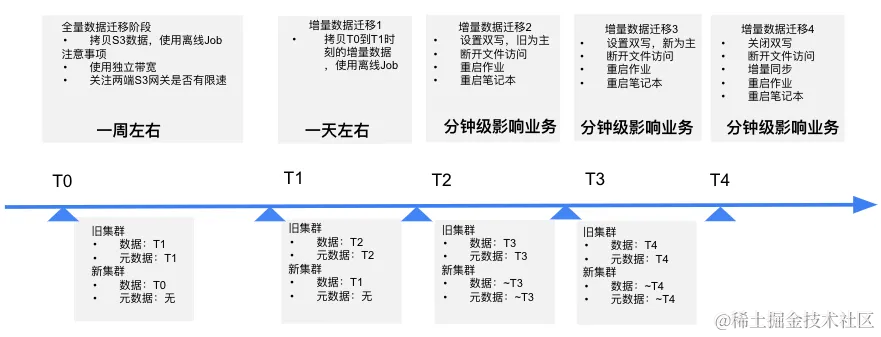
知乎:多云架构下大模型训练,如何保障存储稳定性?
知乎,中文互联网领域领先的问答社区和原创内容平台,2011 年 1 月正式上线,月活跃用户超过 1 亿。平台的搜索和推荐服务得益于先进的 AI 算法,数百名算法工程师基于数据平台和机器学习平台进行海量数据处理和算法训练任务。 为了提…...
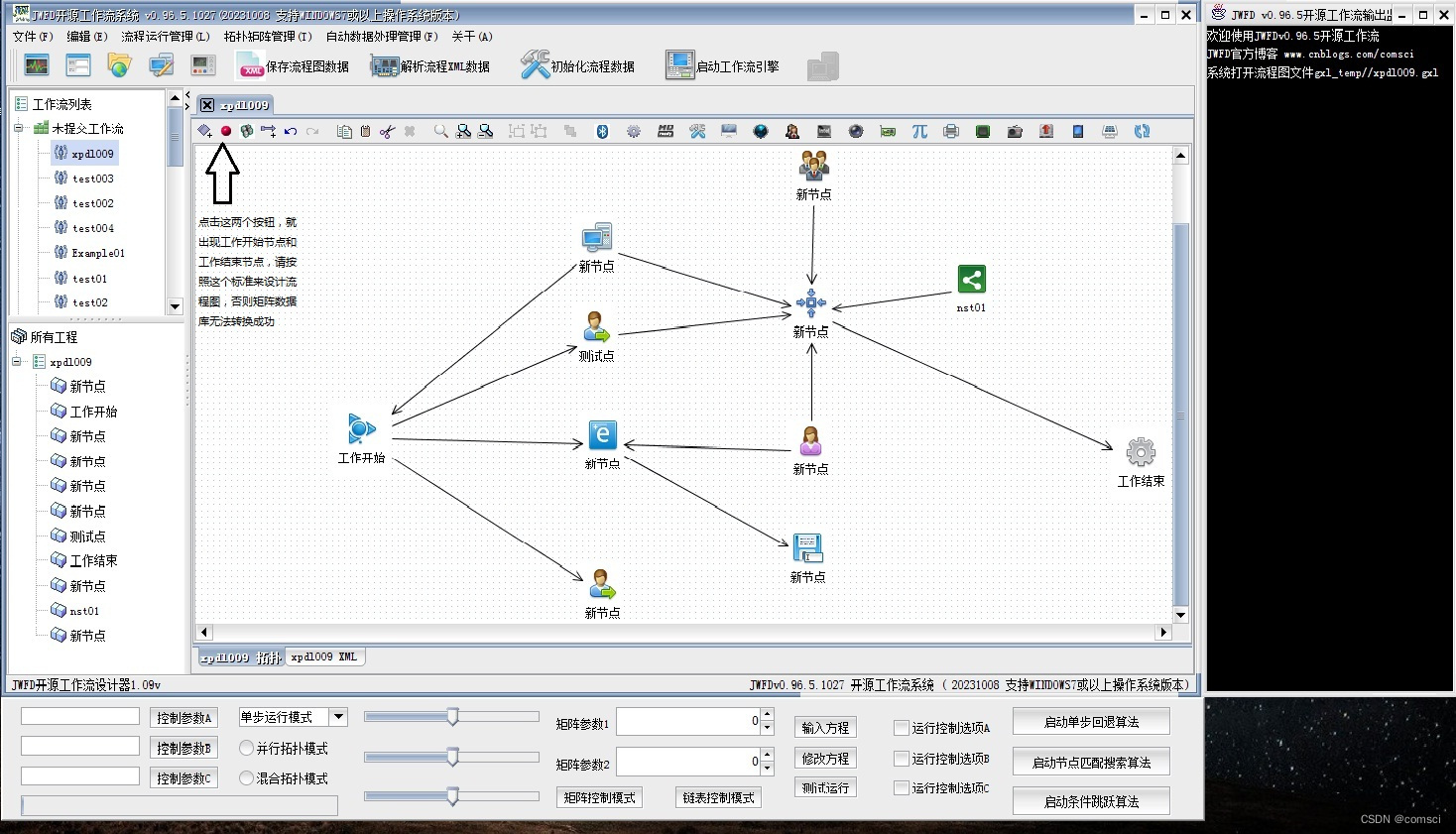
JWFD流程图转换为矩阵数据库的过程说明
在最开始设计流程图的时候,请务必先把开始节点和结束节点画到流程图上面,就是设计器面板的最开始两个按钮,先画开始点和结束点,再画中间的流程,然后保存,这样提交到矩阵数据库就不会出任何问题,…...
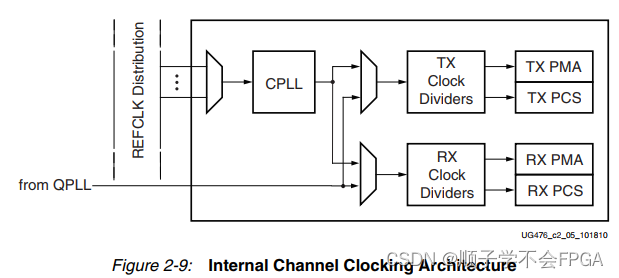
GT收发器第一篇_总体结构介绍
文章目录 前言GT收发器介绍 前言 之前写过一篇简单介绍GT的文章https://blog.csdn.net/m0_56222647/article/details/136730026,可以先通过这篇文章对整体进行简单了解一下。 GT收发器介绍 参考xilinx手册ug476 对于7系列的FPGA,共有3个系列…...
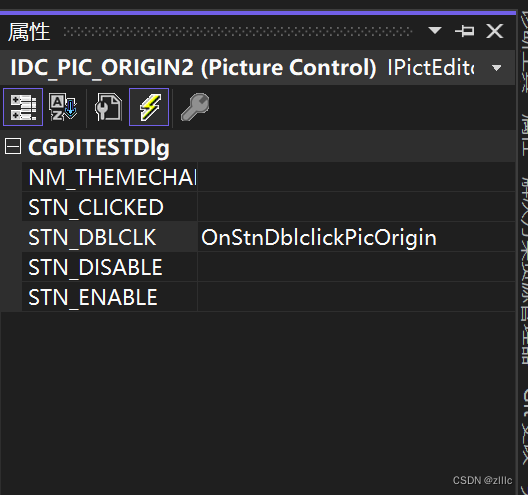
[图像处理] MFC载入图片并进行二值化处理和灰度处理及其效果显示
文章目录 工程效果重要代码完整代码参考 工程效果 载入图片,并在左侧显示原始图片、二值化图片和灰度图片。 双击左侧的图片控件,可以在右侧的大控件中,显示双击的图片。 初始画面: 载入图片: 双击左侧的第二个控件…...
)
centos7.5 安装gitlab-ce (Omnibus)
一、安装前置依赖 # 安装基础依赖 $ sudo yum -y install policycoreutils openssh-server openssh-clients postfix# 启动 ssh 服务 & 设置为开机启动 $ sudo systemctl enable sshd & sudo systemctl start sshd二、安装gitlab rpm包 # 下载并执行社区版脚本 curl …...

深入理解MapReduce:从Map到Reduce的工作原理解析
当谈到分布式计算和大数据处理时,MapReduce是一个经典的范例。它是一种编程模型和处理框架,用于在大规模数据集上并行运行计算任务。MapReduce包含三个主要阶段:Map、Shuffle 和 Reduce。 ** Map 阶段 ** Map 阶段是 MapReduce 的第一步&am…...
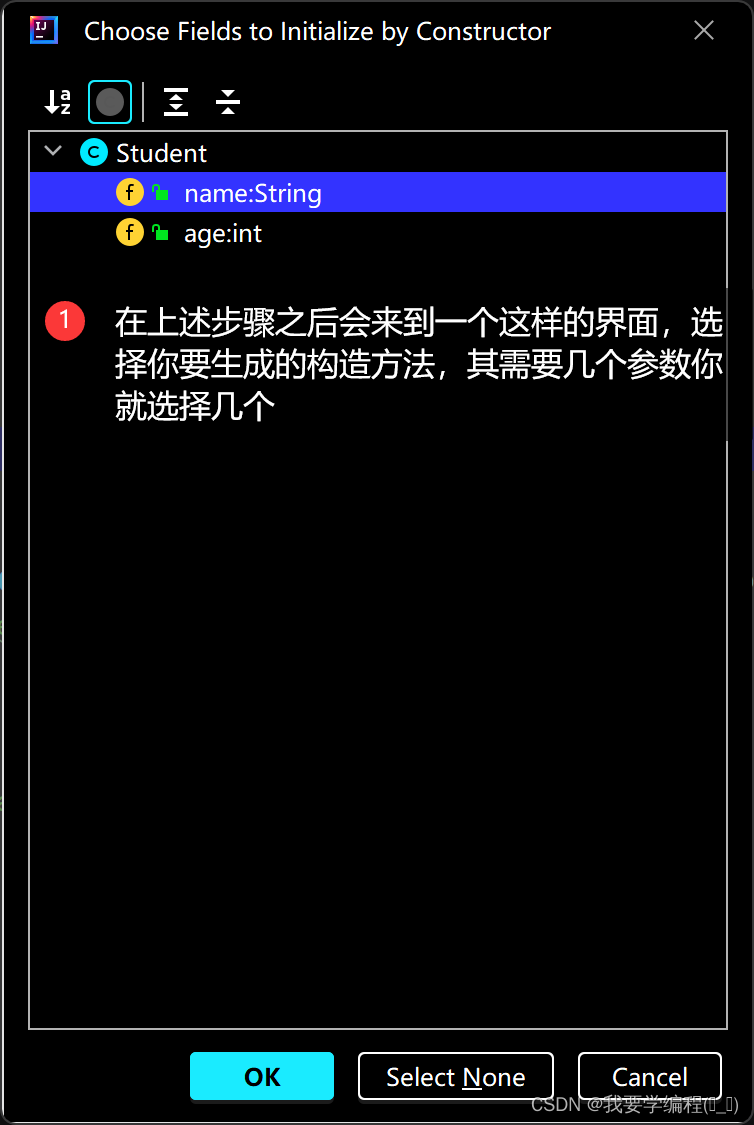
初始Java篇(JavaSE基础语法)(5)(类和对象(上))
个人主页(找往期文章包括但不限于本期文章中不懂的知识点):我要学编程(ಥ_ಥ)-CSDN博客 目录 面向对象的初步认知 面向对象与面向过程的区别 类的定义和使用 类的定义格式 类的实例化 this引用 什么是this引用? this引用…...

机器人---人形机器人之技术方向
1 背景介绍 在前面的文章《行业杂谈---人形机器人的未来》中,笔者初步介绍了人形机器人的未来发展趋势。同智能汽车一样,它也会是未来机器人领域的一个重要分支。目前地球上最高智慧的结晶体就是人类,那么人形机器人的未来会有非常大的发展空…...
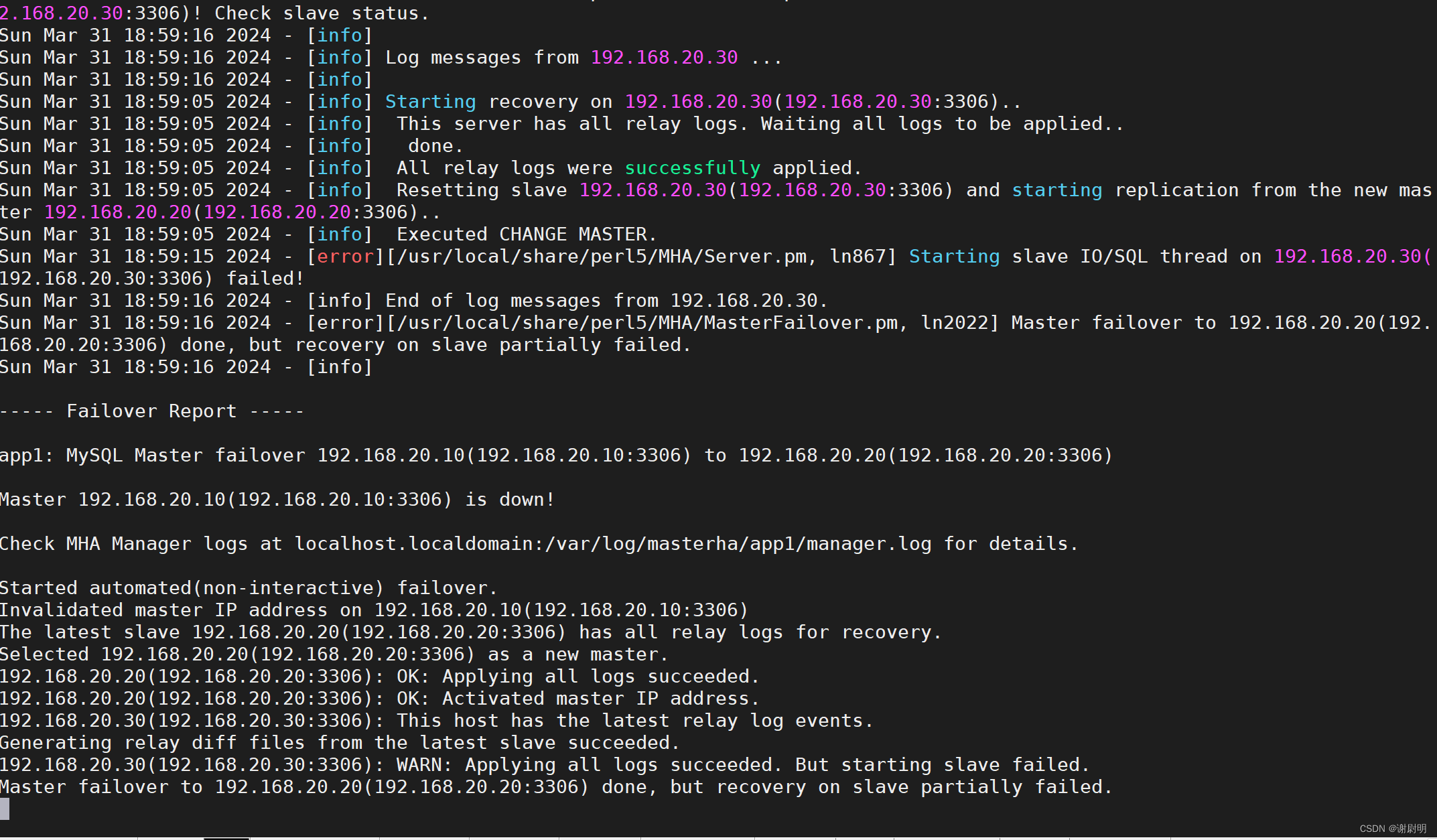
MySQL MHA高可用数据库
文章目录 MySQL MHA高可用数据库搭建MySQL MHA模拟故障故障修复: MySQL MHA高可用数据库 MHA(MySQL High Availability)是一个开源的高可用解决方案,用于实现MySQL主从复制集群的故障自动切换。MHA的主要目的是确保MySQL数据库集…...
比的是什么?)
LVS(Layout versus schematic)比的是什么?
概述 LVS不是一个简单地将版图与电路原理图进行比较的过程,它需要分两步完成。第一步“抽取”,第二步“比较”。首先根据LVS提取规则,EDA 工具从版图中抽取出版图所确定的网表文件;然后将抽取出的网表文件与电路网表文件进行比较…...
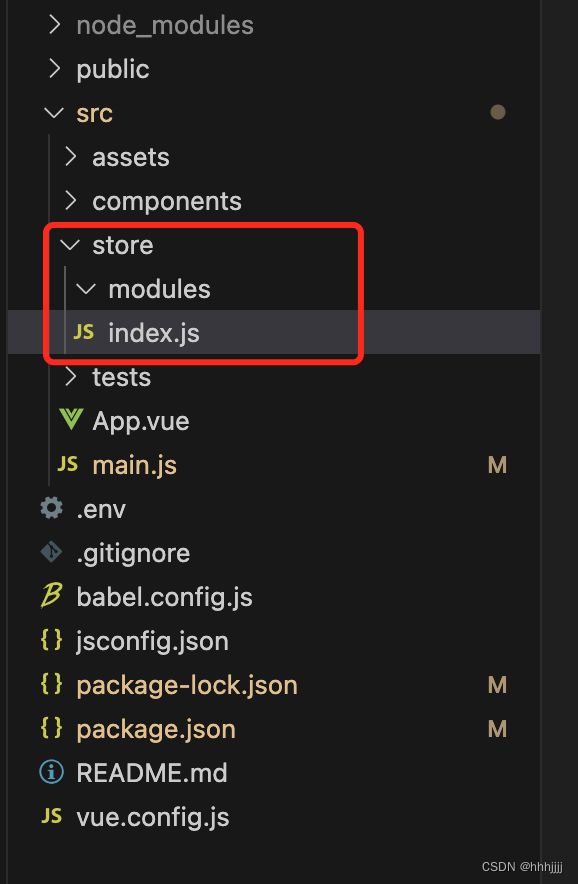
从0开始搭建基于VUE的前端项目(三) Vuex的使用与配置
准备与版本 vuex 3.6.2(https://v3.vuex.vuejs.org/zh/)概念 vuex是什么? 是用作 【状态管理】的 流程图如下 state 数据状态,成员是个对象 mapState 组件使用this.$store.state.xxx获取state里面的数据 getters 成员是个函数,方便获取state里面的数据,也可以加工数据 ma…...

python统计分析——双样本均值比较
参考资料:python统计分析【托马斯】 1、配对样本t检验 在进行两组数据之间的比较时,有两种情况必须区分开。在第一种情况中,同一对象在不同时候的两个记录值进行相互比较。例如,用学生们进入初中时的身高和他们一年后的身高&…...
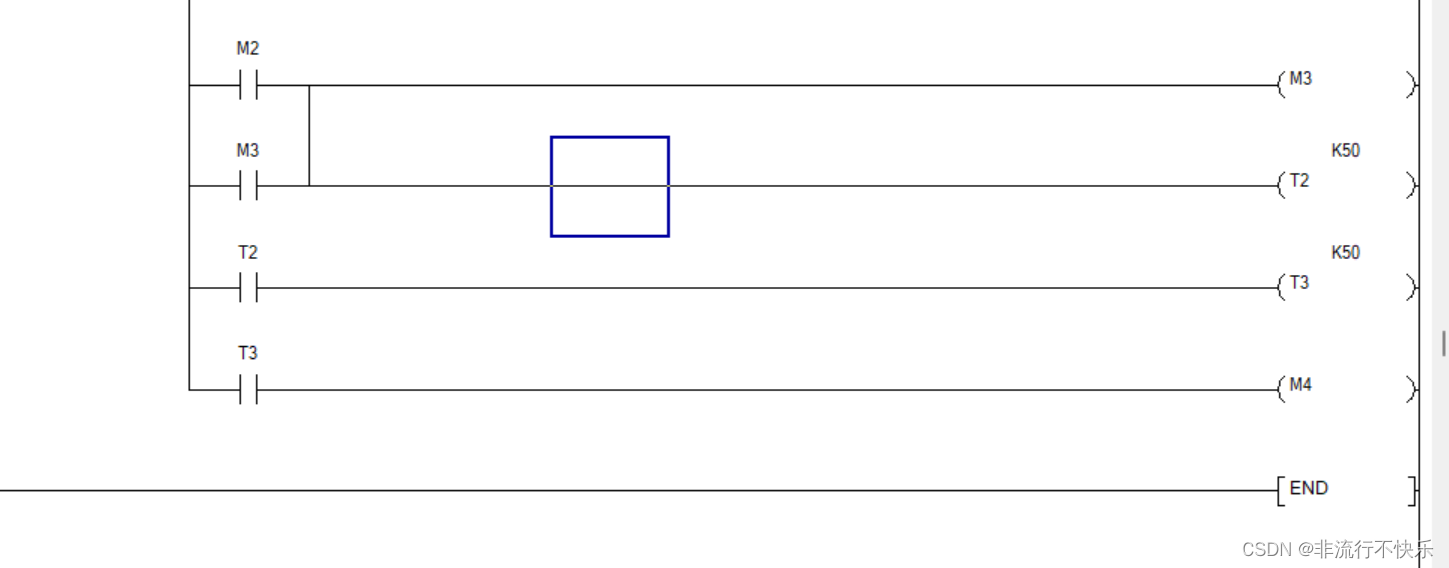
三台电机的顺启逆停
1,开启按钮输入信号是 电机一开始启动,5秒回电机2启动 ,在5秒电机三启动 关闭按钮输入时电机3关闭 ,5秒后电机2关闭 最后电机一关闭 2,思路开启按钮按下接通电机1 并且接通定时器T0 定时器T0 到时候接通电机2 并且开…...

彩虹外链网盘界面UI美化版超级简洁好看
彩虹外链网盘,是一款PHP网盘与外链分享程序,支持所有格式文件的上传,可以生成文件外链、图片外链、音乐视频外链,生成外链同时自动生成相应的UBB代码和HTML代码,还可支持文本、图片、音乐、视频在线预览,这…...

企业微信知识库:从了解到搭建的全流程
你是否也有这样的疑惑:为什么现在的企业都爱创建企业微信知识库?企业微信知识库到底有什么用?如果想要使用企业微信知识库企业应该如何创建?这就是我今天要探讨的问题,感兴趣的话一起往下看吧! | 为什么企业…...

【华为OD机试C++】合并表记录
《最新华为OD机试题目带答案解析》:最新华为OD机试题目带答案解析,语言包括C、C++、Python、Java、JavaScript等。订阅专栏,获取专栏内所有文章阅读权限,持续同步更新! 文章目录 描述输入描述输出描述示例1示例2代码描述 数据表记录包含表索引index和数值value(int范围的…...
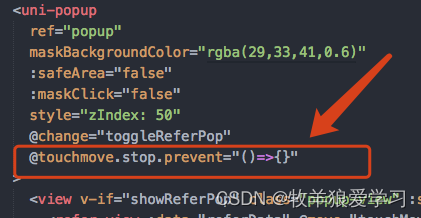
uniapp中使用u-popup组件导致的弹框下面的页面可滑动现象
添加代码: touchmove.stop.prevent"()>{}"...

数字孪生|山海鲸可视化快速入门
哈喽,你好啊,我是雷工! 今天继续学习山海鲸可视化软件,以下为学习记录。 (一)新建项目 1.1、打开软件后,默认打开我的项目界面,初次打开需要注册,可以通过手机号快速注册。 点击“新建”按钮,新建一个项目。 1.2、根据项目需要选择一个快捷的项目模板,填写项目名称…...

[2025CVPR]DeepVideo-R1:基于难度感知回归GRPO的视频强化微调框架详解
突破视频大语言模型推理瓶颈,在多个视频基准上实现SOTA性能 一、核心问题与创新亮点 1.1 GRPO在视频任务中的两大挑战 安全措施依赖问题 GRPO使用min和clip函数限制策略更新幅度,导致: 梯度抑制:当新旧策略差异过大时梯度消失收敛困难:策略无法充分优化# 传统GRPO的梯…...

Java如何权衡是使用无序的数组还是有序的数组
在 Java 中,选择有序数组还是无序数组取决于具体场景的性能需求与操作特点。以下是关键权衡因素及决策指南: ⚖️ 核心权衡维度 维度有序数组无序数组查询性能二分查找 O(log n) ✅线性扫描 O(n) ❌插入/删除需移位维护顺序 O(n) ❌直接操作尾部 O(1) ✅内存开销与无序数组相…...
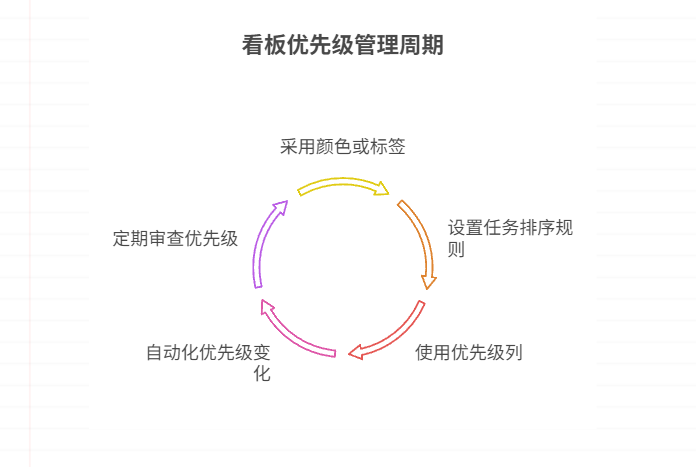
如何在看板中体现优先级变化
在看板中有效体现优先级变化的关键措施包括:采用颜色或标签标识优先级、设置任务排序规则、使用独立的优先级列或泳道、结合自动化规则同步优先级变化、建立定期的优先级审查流程。其中,设置任务排序规则尤其重要,因为它让看板视觉上直观地体…...

spring:实例工厂方法获取bean
spring处理使用静态工厂方法获取bean实例,也可以通过实例工厂方法获取bean实例。 实例工厂方法步骤如下: 定义实例工厂类(Java代码),定义实例工厂(xml),定义调用实例工厂ÿ…...

聊一聊接口测试的意义有哪些?
目录 一、隔离性 & 早期测试 二、保障系统集成质量 三、验证业务逻辑的核心层 四、提升测试效率与覆盖度 五、系统稳定性的守护者 六、驱动团队协作与契约管理 七、性能与扩展性的前置评估 八、持续交付的核心支撑 接口测试的意义可以从四个维度展开,首…...

力扣-35.搜索插入位置
题目描述 给定一个排序数组和一个目标值,在数组中找到目标值,并返回其索引。如果目标值不存在于数组中,返回它将会被按顺序插入的位置。 请必须使用时间复杂度为 O(log n) 的算法。 class Solution {public int searchInsert(int[] nums, …...

Python+ZeroMQ实战:智能车辆状态监控与模拟模式自动切换
目录 关键点 技术实现1 技术实现2 摘要: 本文将介绍如何利用Python和ZeroMQ消息队列构建一个智能车辆状态监控系统。系统能够根据时间策略自动切换驾驶模式(自动驾驶、人工驾驶、远程驾驶、主动安全),并通过实时消息推送更新车…...

Docker拉取MySQL后数据库连接失败的解决方案
在使用Docker部署MySQL时,拉取并启动容器后,有时可能会遇到数据库连接失败的问题。这种问题可能由多种原因导致,包括配置错误、网络设置问题、权限问题等。本文将分析可能的原因,并提供解决方案。 一、确认MySQL容器的运行状态 …...
0609)
书籍“之“字形打印矩阵(8)0609
题目 给定一个矩阵matrix,按照"之"字形的方式打印这个矩阵,例如: 1 2 3 4 5 6 7 8 9 10 11 12 ”之“字形打印的结果为:1,…...

WEB3全栈开发——面试专业技能点P4数据库
一、mysql2 原生驱动及其连接机制 概念介绍 mysql2 是 Node.js 环境中广泛使用的 MySQL 客户端库,基于 mysql 库改进而来,具有更好的性能、Promise 支持、流式查询、二进制数据处理能力等。 主要特点: 支持 Promise / async-await…...
